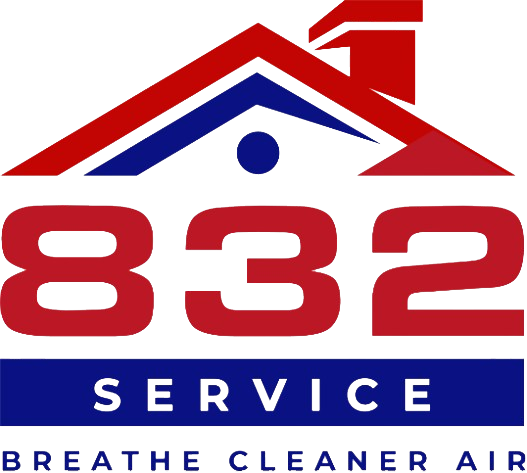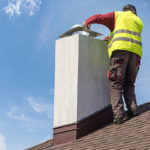If you are new to fireplace and chimney maintenance, understanding the basics of a chimney flue is a must. Here’s what you need to know;
What Is A Chimney Flue?
A chimney flue is an air duct or passage that helps in ferrying smoke, gases, and other combustion byproducts from the fireplace or stove outside the house. It acts as an important part of your chimney system that allows ventilation and proper functioning of your fireplace.
How to Open Chimney Flue
Before lighting any fires, it is important to open the chimney flue. Normally inside the fire place or stove there is usually a flue lever or handle. Pushing / pulling the lever will totally open up the flue for ease exit of smoke through the chimney.
How to Close Chimney Flue
When putting out fire closed off the chimney flue completely so as not to allow drafts enter through your home nor heat loss. Look for and either push or pull down on this level located on top of your fireplace door which will enable you shut off this latter tightly thus maintaining warm air indoors while at same time preventing cold drafts from entering.
How Does A Chimney Flue Work?
The airflow that passes through a chimney flue occurs due to draft created by temperature differences between air within and without it.The hot air rises creating suction which in turn pulls gases and smoke upthe fluethencoolerair gets into fueling the fire through fireplaces or stoves.
How to Clean A Chimney Flue
It is necessary to carry-out regular cleaning of the chimney flue to eliminate creosote accumulation, obstructions and debris that may retard flow of air thus causing chimney fires. Ask for help from professional cleaners who also perform full inspection for clearance of any unwanted objects.
How do you spell Chimney Flue
A chimney flue is an essential component of a chimney system, serving as the passageway through which smoke, gases, and other byproducts of combustion are safely expelled from a building. Typically made of metal, clay, or ceramic materials, the flue directs these emissions upward and away from the interior spaces, preventing the accumulation of harmful substances and maintaining air quality within the home or structure.
How to Install A Chimney Cap Without A Flue
Specialized equipment and expertise are required when installing a chimney cap without a flue. It may not be advisable to fit your chimney with a cap in absence of a flue since this could result in ineffective functioning of the whole thing because air would not circulate well. Appropriate installation and upkeep of your chimney system should be done by a certified chimneys’ expert.
To operate safely and efficiently, it is important you understand the basics about fireplace and chimney flues. For questions about chimneys or if you need help maintaining one, give us a call at 832 Service. Rest assured we are here to maintain your fireplaces and chimneys so that they can always provide comfort and safety.



